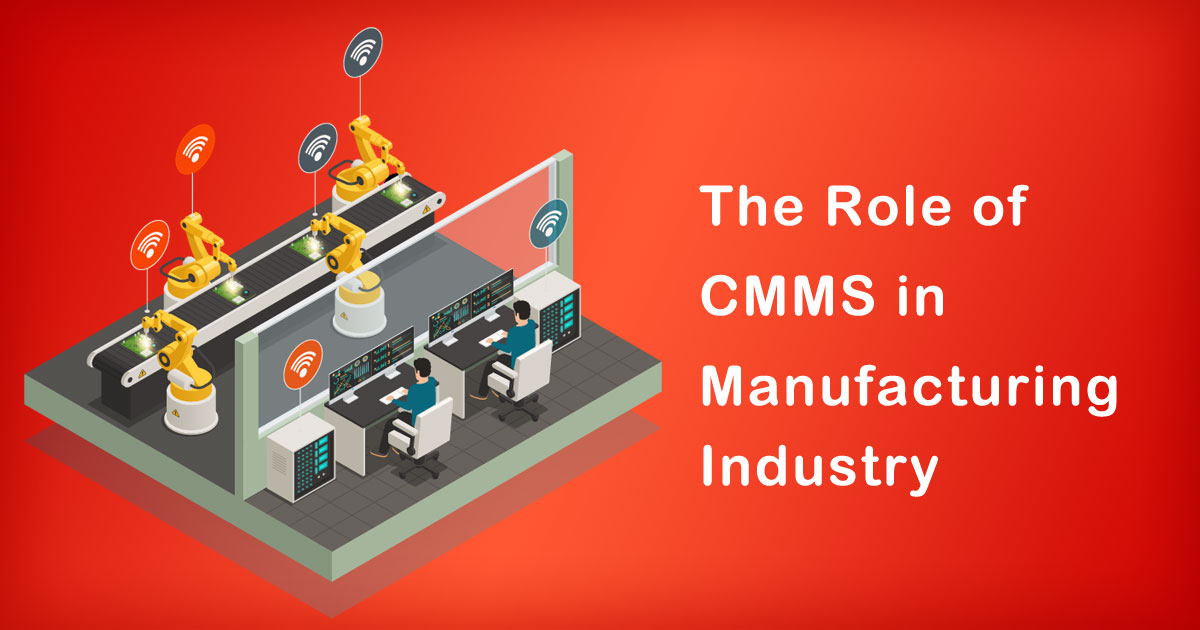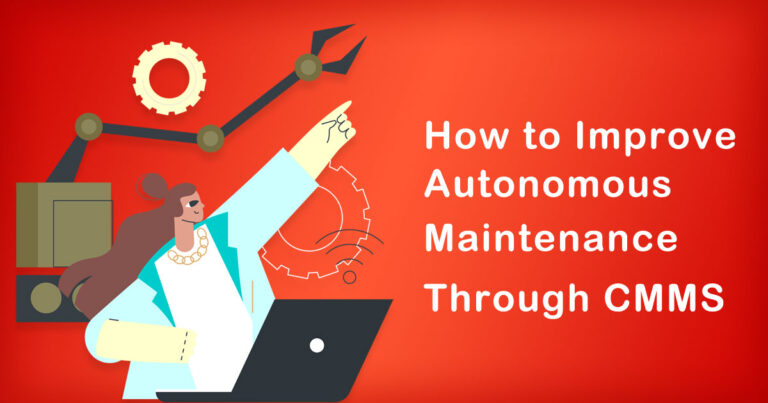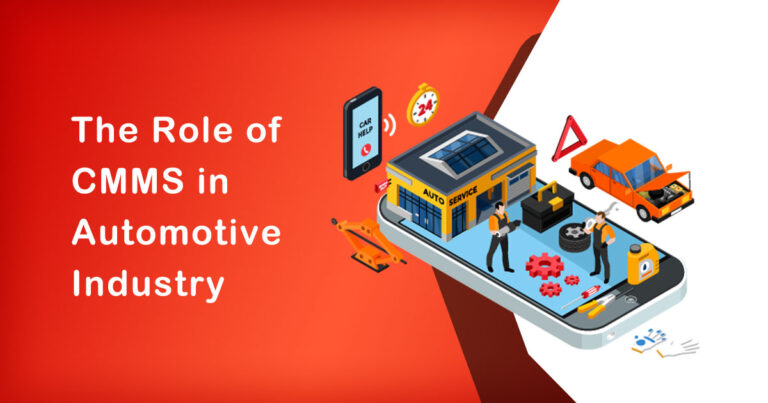Introduction
In today’s highly competitive manufacturing industry, maximizing operational efficiency is crucial for success. To achieve this, organizations are increasingly turning to advanced technology solutions to streamline their processes and enhance productivity. One such solution that has gained significant prominence is the Computerized Maintenance Management System (CMMS). In this article, we will explore the role of CMMS in the manufacturing industry, focusing on its benefits, challenges, and implications within the Indian context.
Understanding CMMS
CMMS, also known as Enterprise Asset Management (EAM) software, is a comprehensive solution designed to support the maintenance and management of assets within a manufacturing facility. It provides a centralized platform for tracking and optimizing maintenance activities, such as scheduling preventive maintenance, managing work orders, tracking inventory, and analyzing equipment performance.
Benefits of CMMS in Manufacturing
1 Enhanced Equipment Reliability and Asset Management
Implementing a CMMS enables manufacturers to proactively maintain their equipment, reducing the risk of unplanned downtime. By scheduling preventive maintenance tasks and tracking asset performance, organizations can identify potential issues before they escalate, ensuring optimal equipment reliability and longevity. Additionally, CMMS facilitates efficient asset management by providing real-time visibility into asset utilization, maintenance history, and performance metrics.
2 Improved Maintenance Planning and Resource Allocation
CMMS empowers manufacturing companies to plan and allocate maintenance resources effectively. By automating work order generation, task assignment, and resource scheduling, CMMS optimizes maintenance workflows and minimizes human errors. Moreover, with accurate data on equipment maintenance requirements, organizations can make informed decisions regarding spare parts inventory, reducing costs and minimizing downtime.
3 Data-Driven Decision Making and Analytics
One of the significant advantages of CMMS is its ability to collect, analyze, and report valuable data. By capturing real-time information on maintenance activities, equipment performance, and operational costs, organizations can identify trends, patterns, and inefficiencies. These insights enable data-driven decision making, facilitating continuous improvement and operational optimization.
Challenges in CMMS Implementation
While the benefits of CMMS are evident, organizations must be mindful of potential challenges during implementation.
1 Integration with Existing Systems
Integrating CMMS with existing enterprise systems, such as Enterprise Resource Planning (ERP) software, can be a complex task. It requires careful planning, coordination, and customization to ensure seamless data flow between systems. However, the rewards of integration, such as improved data accuracy and streamlined operations, outweigh the initial challenges.
2 User Adoption and Training
Successful CMMS implementation hinges on user adoption and training. Resistance to change and lack of awareness among employees can hinder the effective utilization of CMMS. Organizations should invest in comprehensive training programs, emphasizing the benefits of the system and providing hands-on guidance to users.
CMMS in the Indian Manufacturing Context
In India, the manufacturing sector plays a crucial role in the country’s economic growth. CMMS adoption in Indian manufacturing organizations has been steadily increasing due to the following factors:
1 Rising Competition and Cost Pressures
The Indian manufacturing industry faces intense competition, both domestically and globally. To remain competitive, manufacturers need to optimize their operations, reduce costs, and enhance productivity. CMMS enables efficient maintenance practices, leading to reduced downtime, enhanced asset performance, and cost savings.
2 Government Initiatives and Industry 4.0
The Indian government’s initiatives, such as “Make in India” and the adoption of Industry 4.0 practices, have encouraged the implementation of advanced technologies in manufacturing. CMMS aligns with the goals of these initiatives by enabling smart maintenance and asset management, fostering digital transformation, and driving overall operational excellence.
Conclusion
In conclusion, CMMS plays a vital role in the manufacturing industry by enhancing equipment reliability, improving maintenance planning, and enabling data-driven decision making. In the Indian context, CMMS adoption is gaining momentum, driven by increasing competition, cost pressures, and government initiatives. Manufacturers who embrace CMMS stand to gain a competitive advantage by optimizing their maintenance practices, reducing downtime, and achieving operational excellence.
By leveraging the power of CMMS, Indian manufacturing organizations can unlock new levels of efficiency, productivity, and profitability in an increasingly dynamic market landscape.
Disclaimer: The views and opinions expressed in this article are solely those of the author and do not reflect the official policy or position of any organization.








